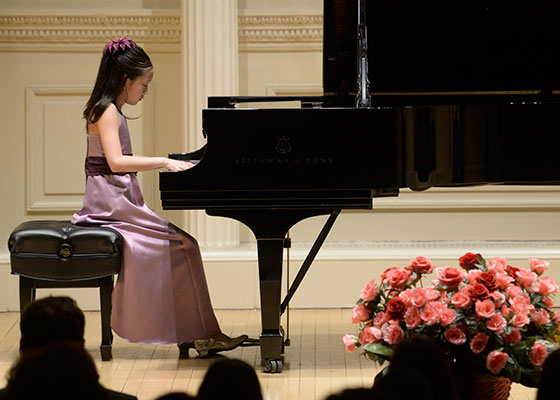Little Pianist: First Steps and First Piano Book for Beginners follow the Russian tradition of playing and teaching the piano. From the very early stages of learning, they focus on developing correct playing habits and freedom of movement. Freedom and flexibility of hands is the main principle, which determines our approach to all technical aspects of teaching piano.

We start from teaching how to play non legato notes as it is the best way for beginners to develop the most important “technical device” – hand relaxation.
After children acquire some fluency and freedom of wrist movement in non legato we begin using two-note slurs, then staccato and after that – legato, as playing legato is the most challenging skill for children.
The next step is focusing on coordination of hands when they combine different articulations: non legato, staccato and legato.
In accordance with this principle of freedom of movements we avoid in our method, at least at its first stages, any kind of positional playing, which is used by some other methods.
We believe it can cause unnecessary tension and stiffness in child’s hands. It also appears to be not so effective for memorizing the music notation.
Piano playing – even for the beginners – cannot be bound to any fixed hand position, because this would impede free, natural playing for many years. We are decidedly against teaching a particular fixed hand position.
Joseph Gatt, The Technique of Piano Playing.